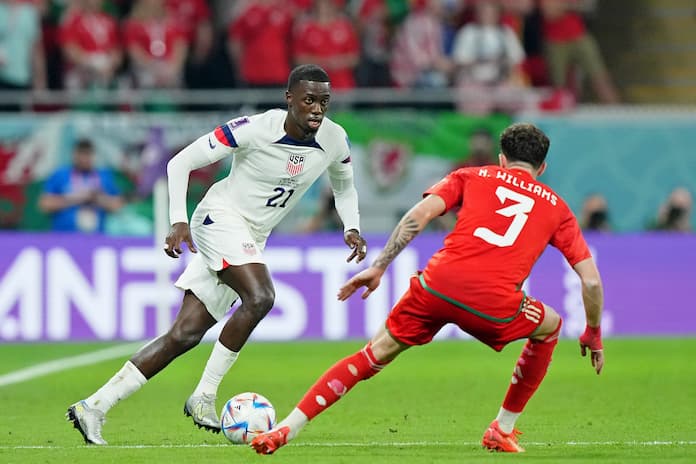In the 2010 World Cup there were 229 injuries to players. 45% of these occurred in training and of these, 57.4% were expected to result in an absence from training and/or matches as well. Who knows what the results would have been had these injuries been avoided! Below we’re going to take a closer look at the types of injuries footballers sustained and what to expect from the 2014 World Cup.
Where did players’ injuries occur?
It won’t be a surprise to hear that most injuries occurred to players’ legs. Given the amount of sprinting, dodging, kicking and tackling they do, this is inevitable, however, at the 2010 World Cup, 12% of injuries were to the head and neck, 8% to the upper extremities and 7% to the trunk, so injury for footballers can and does happen anywhere on the body.
What types of injuries did players sustain?
Mostly, players got contusions, i.e. bruising, but not the type of bruising we get if we bump into the table! Contusions can be severe, painful and limit your mobility. Players also suffered a variety of ligament ruptures, hamstring tears, dislocations, concussion, fractures, sprains and strains.
Do players get more injuries during a World Cup?
FIFA’s injury records show that during the 2010 World Cup, players had fewer contusions, but more sprains, strains and fractures than in other matches and tournaments that year. This has been the case in other World Cup years too! Overall the number of injuries has been steadily decreasing since the 1998 World Cup, however, there is data showing that during a World Cup, players have more serious injuries requiring time off even though the overall number of injuries is falling. This trend is obviously costly and detrimental to teams, but it’s perhaps not surprising. The stakes are much higher, there is glory to be gained and teams are playing more passionately than ever, willing to take risks and sometimes even break the rules to take out their opponents.
What will happen at the 2014 World Cup?
If previous years’ stats are anything to go by, there will still be a couple of serious injuries, but not quite as many as in previous years. Overall the number of injuries will be lower than in 2010. In addition, stricter refereeing, with more power to invoke sanctions on moves that are deemed to be injurious to players may cause a decrease in fouls, which cause a significant proportion of injuries. However, with the National Championships running at the same time, some players might be participating in too many matches and getting tired… a sure risk for injury. It will be interesting to see how this affects injury stats this year!
Have a look at Apostherapy infographic for more 2010 World Cup injury stats!
Add Sportslens to your Google News Feed!







